On National Higher Education Day, University of Advancing Technology (UAT) is spotlighting one of our many esteemed faculty members. Professor Ryan Murray teaches in the field of Digital Maker & Fabrication (DMF), working with our students in UAT's Maker Lab teaching them how to use a multitude of 3D printers, softwares and other fabrication tools. Professor Murray took some time out of his busy teaching schedule to interview with us, read what he had to say about how he got started in fabrication, the evolving field of DMF, and how he helps students succeed at UAT.

What first sparked your interest in fabrication and technology?
I had always taken stuff apart as a kid, naturally those things got bigger as I aged toys then bicycles to motorcycles and cars and houses. This led me to buy a welder, and my fabrication career took off. Technology was just another tool to learn and hang from my belt, little did I know it would open lots of opportunities for me to be creative and make a living.
What’s your favorite piece of equipment or tool to work with—and why?
To pinpoint my favorite piece of equipment would be hard, I can make a lot of money with my CNC router, but I would have to say a process I really enjoy is to print my designs using a resin printer. I then use the print to make a rubber mold so I can replicate those parts using higher grade materials in a much faster timeframe. This method enables you to do high end small scale manufacturing in your home office or garage for under $1000
How do you stay on top of emerging tech in your field?
The biggest thing for me when staying on top of emerging tech is I’m curious. I love learning new technologies and pushing the boundaries of what they are used for. I will listen to podcasts for find out about new topics I want to explore.
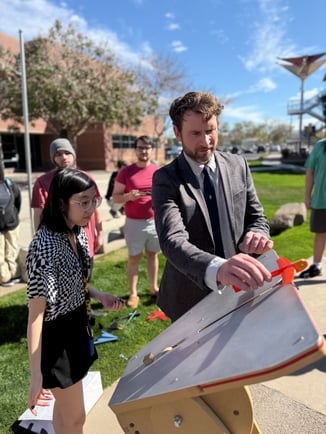
Can you walk us through a recent project you’ve helped students build?
The most fun project from an outsider's view would be the 3D printed airplane because they fly and crash and sometimes break into lots of pieces. But one of the assignments where I get to see my students grow as a designer and I get to know them better is in Advanced Topics in Technology Product Design. The assignment is to design a container with a snap fit lid that holds memories from an adventure they will never forget. This gets them to tell stories about themselves to the class and let that dictate the direction of their designs.
What’s your philosophy when it comes to teaching hands-on skills?
I am 100% in team hands on! Even before I became an educator a friend would come over and want to make something. I would show them how to safely use the tools then let them have at it watching them fail two or three times before stepping in and showing them how I would do it. I did it this way because I hoped they would teach me a new way of using my tools but to also when they see why the first way didn't work, they understand why.
How do you introduce students to fabrication if they’re new to it?
The really neat thing about fabrication is your biggest limiter is your imagination. Starting out with a solid foundation of 3D modeling allows you to quickly test your designs and explore ways to make your dreams come to life. I will try to inspire my students with some of my past work but it is ultimately up to them to find their passion with fabrication.
What’s a common misconception people have about working with fabrication tools?
I would say the biggest misconception when it comes to digital fabrication is that 3D printing is just for making cheap toys and prototypes. The technology has gotten so good in the last few years it’s not just hobbyist and nerds using 3D printers... maybe we’re still nerds but in the last year I’ve printed functional mechanical parts for my truck that operate and look like factory parts.
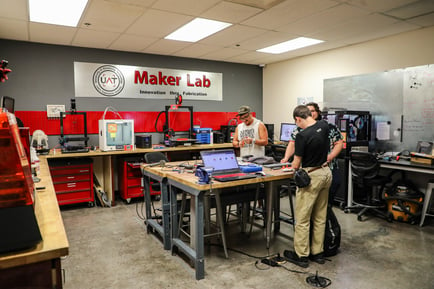
What’s your favorite part about teaching at UAT?
The best part of teaching at UAT is the small size of the school. Not only do I get to know my students really well, some of them I have brought to my personal workshop to help them with projects. But I know everybody on campus and having that community is invaluable everyone here is an expert at something and willing to help you out any way they can.
How do you help students go from idea to finished prototype?
Helping a student go from idea to finished prototype can be different for each project or student. But I would like to start with a little guidance on the best direction for materials or fabrication method. I also like to remind them of the little details they might be forgetting that elevate their prototypes to the next level.
Is there a tool, material, or skill you wish more students explored?
The skill I would like to see my students use more is creativity. It is pretty easy to see a problem that exists and take the next step and come up with a solution. The really hard thing to do is look three or four steps ahead and develop that solution. That takes a truly creative vision and passion to follow it through.
What trends in tech or fabrication are you most excited about?
AI has got to be the most exciting bit of tech in any field but when it comes to digital fabrication we have generative design. It uses simulation tools and Artificial Intelligence (AI) to make new designs. This means if I were designing a chair, I would draw the part you sit on and specify the materials I want it to be made from and how much weight it needs to hold up. It would create the rest of the chair for you, making sure it is strong enough to support your weight. It will generate an organic structure that is very unique.
How do you see fabrication evolving in education over the next few years?
I could see augmented reality and high end simulations being implemented in education for fabrication. We are seeing 14 year old kids who learned to drive in a simulated car for a video game get out and dominate the race track the first time they get behind the wheel of a real car. If we could use that same technology for building rocket engines, bridges or more importantly homes for the homeless we might develop new ways that have never been thought of before.
Learn more about UAT's Faculty and all Degree offering today!


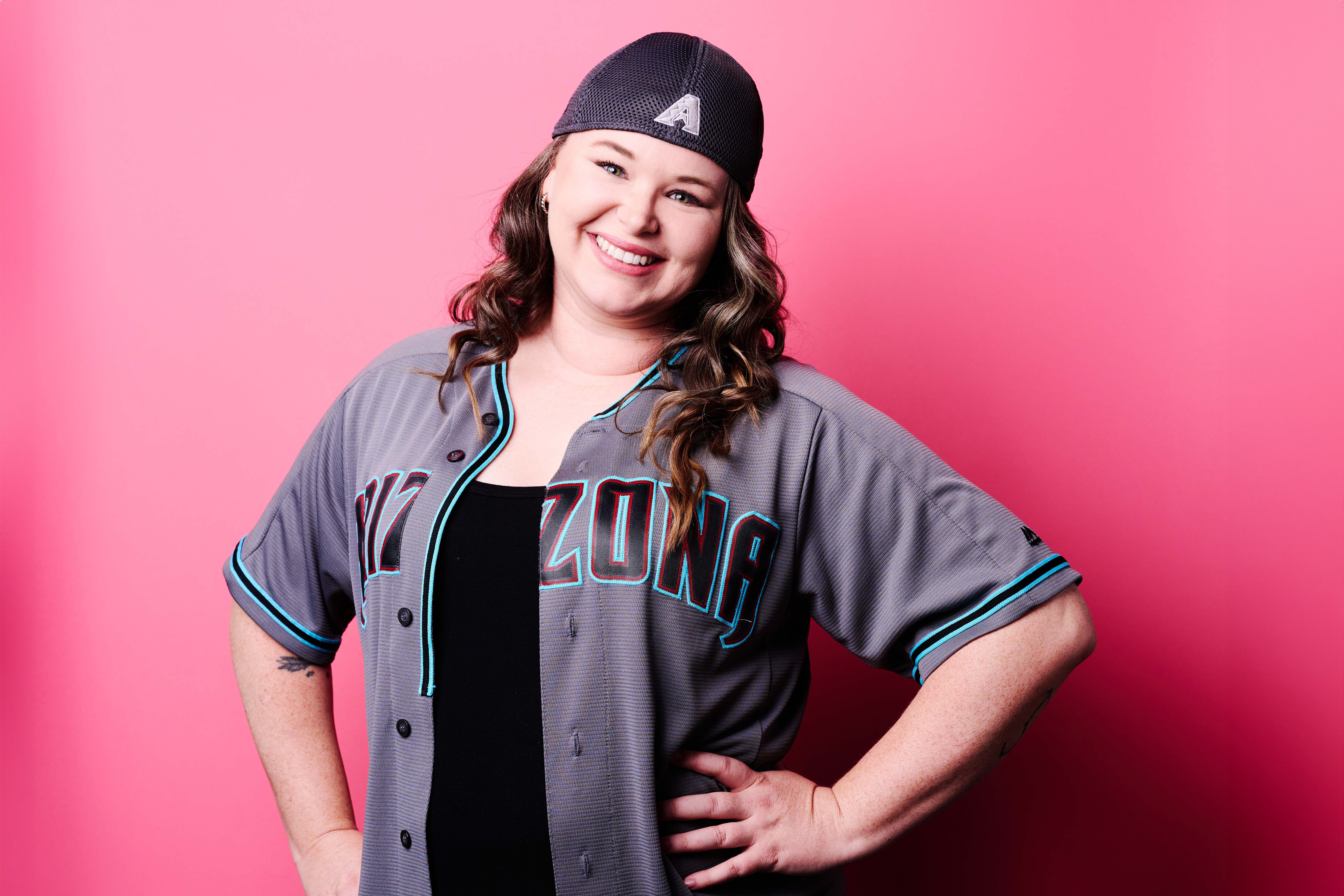
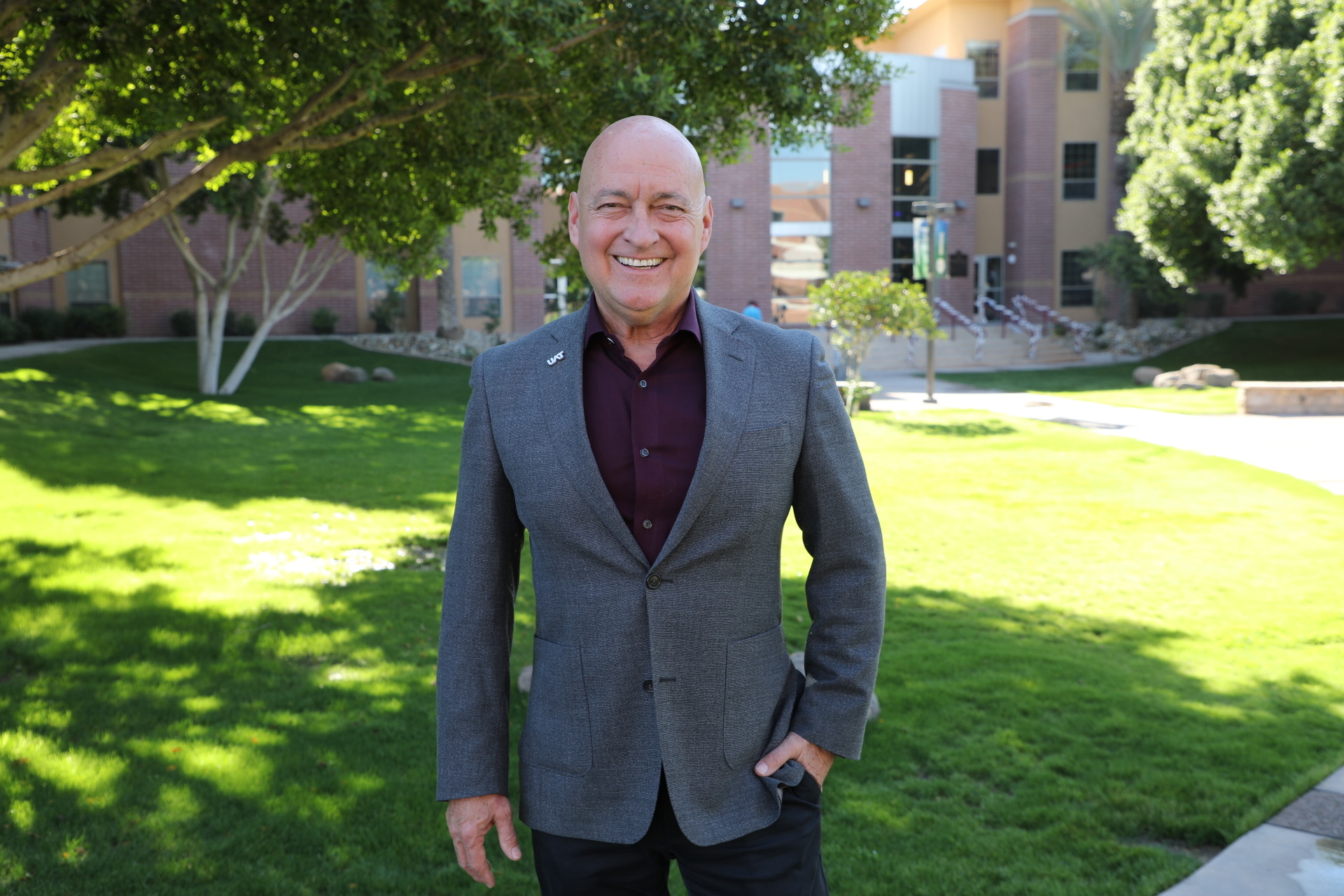
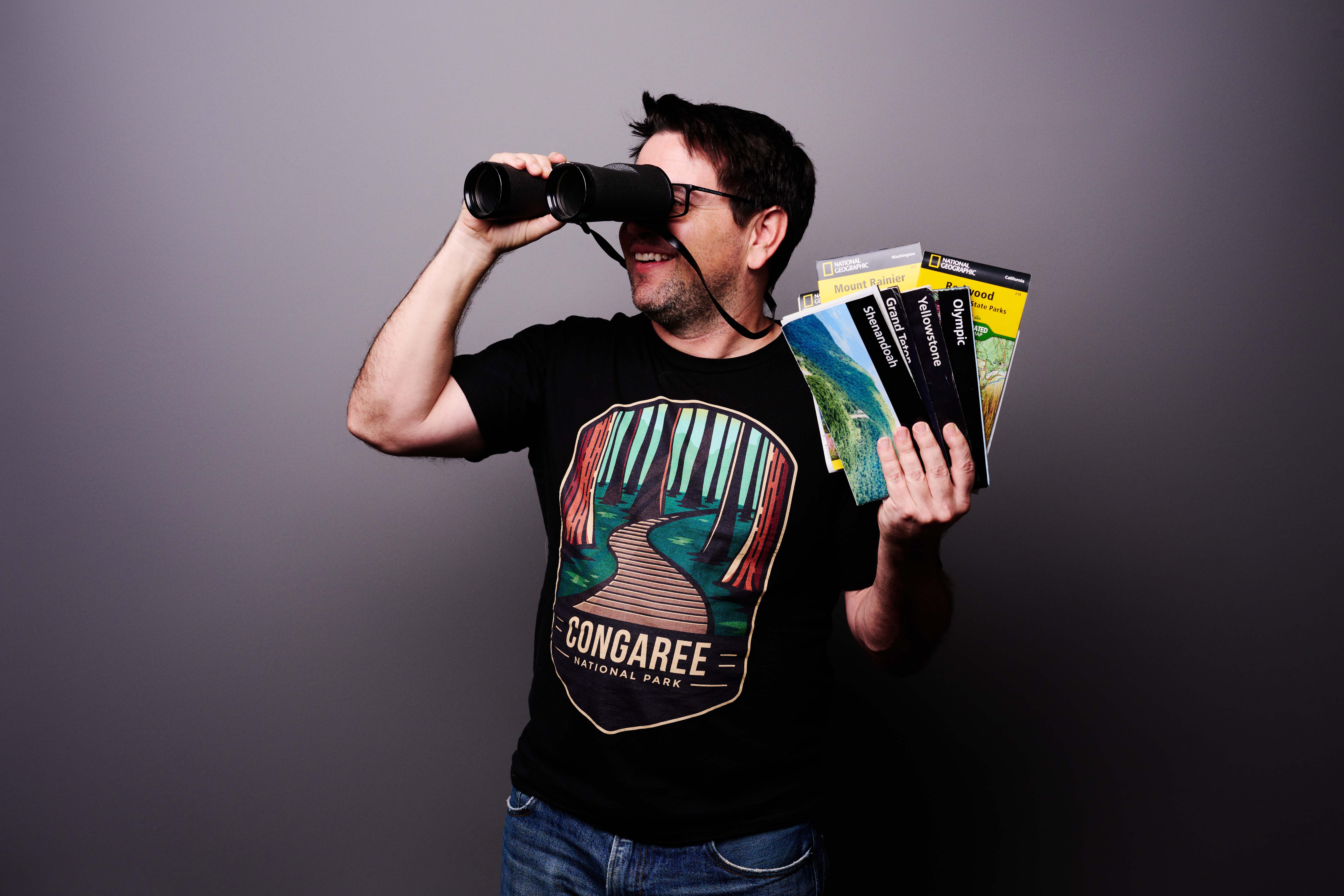
Comment